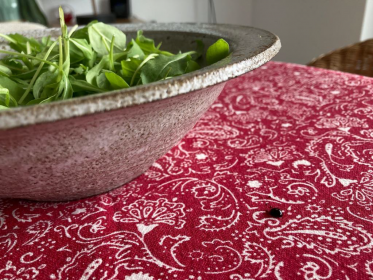Archroma introduces new technology for the repellence of water-based stains
Archroma launches Smartrepel® Hydro SR liq, a new PFC-free* technology for the repellence of water-based stains.
The innovation has been developed in line with the principles of “The Archroma Way to a Sustainable World: Safe, efficient, enhanced, it’s our nature”.
Smartrepel® Hydro SR liq is the latest addition to a range of micro-encapsulated, highly biodegradable, non-PFC based technology offering durable water repellency to all cotton and synthetic fibers, and their blends.
The new Smartrepel® Hydro SR liq has been specifically developed for soil repellent finishes aiming to offer protection against water-based stains such as coffee, red wine and ketchup, in applications such as home textiles, table clothes upholstery, car seats and interior textiles.
The new grade offers the signature Smartrepel® high performance standard: a symbiosis of water protection, soil repellence, breathability and durability – with the soft hand-feel that is sought after by consumers.
The Smartrepel® product range supports the increasing adoption of eco-advanced materials and production processes by textile producers and brand owners adhering to standards such as ZDHC, bluesign and Oeko-tex.
Archroma / EMG








